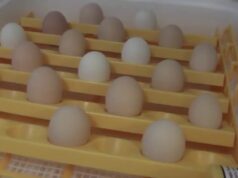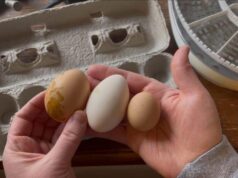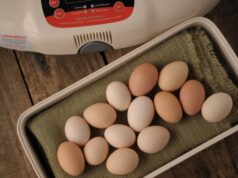Raising chicks is a delightful experience for many chicken enthusiasts. One crucial step in this journey is ensuring that you know how to heat a chick brooder properly. Getting the temperature right is essential for the well-being and growth of your chicks. In this article, we will explore the best methods and tips to keep your little ones warm and cozy.

Importance of a Warm Brooder
Providing a warm environment in the brooder is vital as chicks are unable to regulate their body temperature effectively when they are young. Ensuring the correct brooder temperature can significantly impact their overall health, growth, and survival rates.
Effects of Incorrect Heating
Improper heating can cause stress, lead to stunted growth, or even fatal consequences for the chicks. Its imperative to regularly monitor the heat levels and adjust as needed to maintain the perfect environment for your feathered friends.
Choosing the Right Heating Equipment
There are several heating options available for brooders. The most common include heat lamps, heating plates, and ceramic heat emitters. Each has its pros and cons, and the choice often depends on your specific needs and setup.
Heat Lamps vs. Heating Plates
Heat lamps are a popular choice due to their ability to warm a larger area, but they can pose fire risks if not carefully managed. On the other hand, heating plates mimic the warmth of a mother hen and are considered safer and more energy-efficient.
Setting the Ideal Brooder Temperature
Fledgling chicks require an initial temperature of around 95F, which should gradually be reduced by 5F each week as they grow and feather out. A thermometer is an essential tool to maintain the correct temperature consistently.
Using Thermometers Correctly
Place a reliable thermometer at chick level in the brooder to monitor and ensure it meets the necessary warmth criteria continually. Adjust the height of the heat source to increase or decrease the temperature as needed.
Common Heating Mistakes
Some common mistakes include overheating, improper heat dispersion, and lack of temperature variation areas. Always provide cooler areas so chicks can choose where they are most comfortable.
Recognizing Signs of Heat Stress
If chicks are panting, overly spread out, or consistently far from the heat source, they may be too warm. Alternatively, if they huddle directly under the heat source, they might be too cold.
Safety Tips for Using Brooder Heat
Safety is paramount when using electricity-based heating solutions in your brooder. Ensure all equipment is securely fastened and check contacts and power sources regularly to prevent hazards.
Preventing Fire Hazards
Using a heat guard and ensuring heat sources are kept at a safe distance from flammable materials is crucial to prevent fires.
Monitoring and Adjusting Heat Levels
Frequent checks on temperature and chick behavior are necessary to ensure their needs are met. As chicks grow, their heat requirements change, so adjustments are essential.
Brooder Basics
Understanding the basics of setting up your brooder correctly aids in maintaining optimal heat settings for chick comfort.
Transitioning Chicks Outdoors
Once chicks develop their feathers, they can be transitioned to outdoor environments. However, ensure gradual exposure to prevent shock from sudden temperature changes.
Move Chicks to Brooder
Learn more about timing and how to properly transition to outdoor conditions for healthiest growth.
External Link: Chicken Brooder Setup
This guide offers insights into why and how you should set up a brooder, complementing your understanding of maintaining warmth.

FAQs
What temperature should a brooder be for chicks?
The starting temperature should be about 95F, decreasing by 5F each week as they develop maturity.
How can I tell if my chicks are too hot or cold?
Observe their behavior. Panting or avoiding the heat indicates overheating, while huddling under it shows they are cold.
Can I use a ceramic heat emitter instead of a lamp?
Yes, ceramic heat emitters are safe alternatives and can provide consistent warmth similar to heat lamps without the light.
This article contains affiliate links. We may earn a commission at no extra cost to you.










